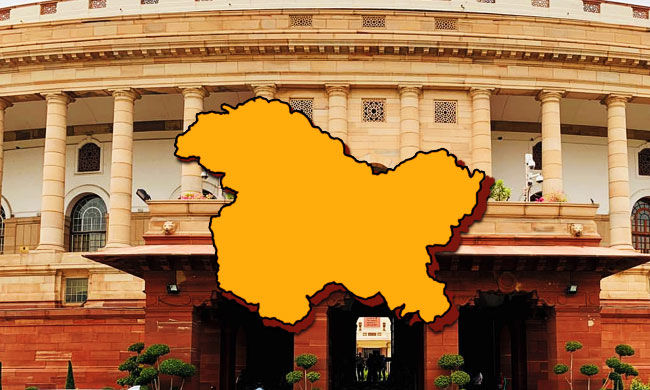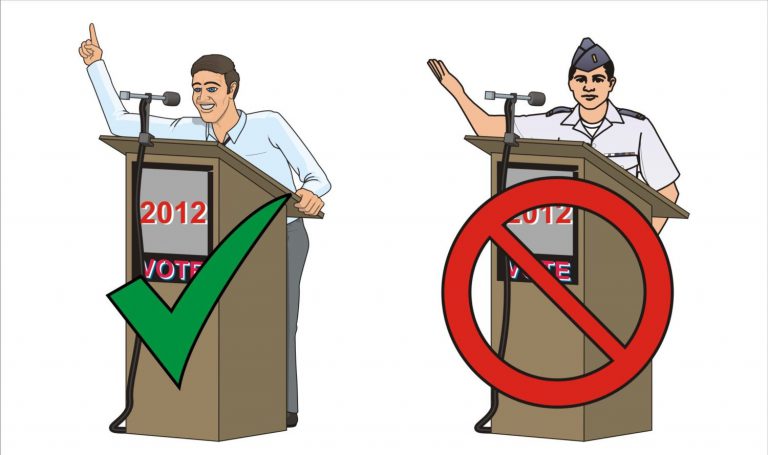Indignation, resentment, and reactionary politics

The revolutionary upheavals of the late-eighteenth and nineteenth-century brought to the forefront a whole spectrum of political identities. Historical contexts reveal a great deal of osmosis among these identities, thereby categorising any individual with a political leaning on the spectrum of ‘Left’ to ‘Right’. By the dawn of the 20th Century, there were broadly five categories, which are mostly self-referential: The Revolutionary Socialists, Social Democrats, Liberals, National Conservatives, and National Traditionalists. My focus rests on the National Traditionalists, who, after the Great War, filtered down to a community called ‘Fascists’ for their peculiar kind of politics – called Reactionary.
I would like to clarify that not all reactionaries are fascists; however, it goes without saying that all fascists are reactionaries. It is when these reactionary politics fully conceptualise a model for a polity; they descend into Fascism. It is often associated with the Right – defined in the Oxford Dictionary as the “conservative or reactionary section of a political party or system” who hold a view that certain order and hierarchies must exist in the society, which is not just an essential but are natural characteristics of it. The 21st Century witnesses the resurgence of the Reactionary Right: be it the withdrawal of British from the free-trade, mass-support for anti-immigrant and racist policies by Donald Trump, the landslide victory of BJP in India which represents the conservative society in India, or Shinzo Abe’s rehabilitation of Japan’s imperial Nationalist past.
‘Reactionary’ derives its meaning from the French word ‘réactionnaire’, an 18th Century usage for the term “reaction.” It refers to a body of ideas that ‘favour a return to a previous political state of society believed to possess characteristics that are absent from the status quo’ (Bullock). Reactionary politics transpires itself whenever there seemed to be a radical change in the world order. The thirty-years’ war (1618-1648), which brought about the Social Contract Theory (the conception of a Modern State), was the consequence of the reactionary politics of Catholics against the Protestants. However, it is still a modern phenomenon, as historian Mark Lilla puts it, it is the “militancy of his nostalgia that makes the reactionary a distinctly modern figure, not a traditional one.” (Lilla)
At the core of Reactionary politics is indignation and resentment, both actual and imaginary, constructed by the political entrepreneurs who seek to move away from the present – to a time-frame where all the historical injustices are corrected. Dilip Simeon highlights a similar feature in his essay called revivalism while extrapolating his understanding of communal politics in India, which he argues it as “an appeal to the established tradition in an attempt to purify the ethical structure of the Present by a return to supposedly pure and pristine origins” (Simeon). It is this very nature of thinking, of dilation of time, that pushes a reactionary to not consider the current developments.
The historical context of the development of Nazism offers valuable insights into a modern phenomenon and the psychology of a reactionary. Historian George Mosse argues in his book that Hitler’s sudden rise to power should be seen as a “logical culmination of all of the German History” (Mosse p8-9). He unearths that the rapid industrialization accompanied by dislocation of population, sudden obsolescence of traditional crafts and institutions due to social upheaval of the enlightenment era, and the creation of new social classes and order has alienated man both from himself and his society. This accompanied by the era of Romanticism manufactured a nostalgia of the Medieval past, and the re-construction of ‘Volkish’ thought that passed down to the modern era.
Industrialization outpaced the man and created new problems beyond their grasp; hence they turned from “rational solutions to their problems and instead delved into their own emotional depth” (ibid, p14-15). This cultivated an individual desire to ‘fulfil one’s own capacities’ while longing for ‘self-identification’ thus developing an ‘urge to belong to something greater than oneself.’ It was Hitler’s genius to have channelized this mood into an efficient political organization and realty. There is, of course, resentment and indignation cultivated by the unjust Treaty of Versailles that put the entirety of the blame on Germany for the destruction caused in World War 1.
Indignation is akin to the concept of ‘moral outrage’ provoked by what is perceived to be an unfair treatment which has not been compensated for. It is an individual emotion that can ‘mark the birth of a new group’ with related identity, and it ‘impinges on the links between individuals and others around them who rather rely on a shared conception of right and wrong’ (Stefano Costalli). The treaty of Versailles added to this emotion, and as the democracy faltered after the Great War in Germany, ‘Volkish’ thought became the sole refuge to ‘German Dilemma’ and that the “Nazi movement blanketed the diverse Volkish longings of all those who saw their spiritual roots dislodged through industrialization and the atomization of modern man” (Mosse p 8-9).
This feeling of indignation and resentment emanates, as Robert Peterson puts it, from a ‘belief in injustice resulted from the status-reversals’ (Petersen). The political entrepreneurs thereby use this resentment to heighten the salience of a selective identity, focusing the attention on the unjustness of the position of these groups, thus mobilizing a variety of actions. And in the case of Nazi Germany and Fascist Italy, this emotion became a ‘clear motivator’ for pogroms. Reactionary politics, therefore, emerged as a result of ‘perceived injustice’ caused to the Germans and Italians, which cultivated a desire to move back in time, to envisage a conception of a ‘Thousand-year Reich’ and the new ‘Roman Empire’.
The contemporary politics today reeks of resentment and indignation, both actual and imaginary, constructed by the populist leaders across the world. The Putin-ist version of Tsarist Russia, the emergence of ISIS to establish the caliphate in Syria and the entirety of Middle East, to take back India to the ‘glorious period’ of Hindu Rashtra, or the Xi Jinping’s vision of National rejuvenation, all represent the unignorable reality of reactionary politics. They pose a dangerous threat to the developments caused in the political realm as a result of battles fought for centuries, for democracy and equality, must be dealt with. It is important to recognize the existence of such emotions as a political reality and not simply shun them away under the weight of the socio-political and economic realities of the present.
Democracies are like sand-castles, and they crumble down when they face a reactionary tide, emotions such as indignation and resentment take the reactionaries away from the present to a time-frame where the framework of morality itself changes, thereby providing them the scope to justify any radical action. It is important to engage with reactionary ideas for their loathe for the present, if went un-noticed and unengaged, might turn into a political storm. The reactionary momentum cannot be arrested entirely by simply ‘labelling it bigotry and stupidity’ (Sullivan), like in present-day America, but by diffusing its tension into the public discourse, thereby co-opting its appeal and appreciating its insights.
References
- Bullock, Alan. New Fontana Dictionary of Modern Thought. London: Harper Collins Publishers, 1999. Book.
- Lilla, Mark. The Shipwrecked Mind: On Political Reaction. New York Review of Books, 2016.
- Mosse, George L. The Crisis of German Ideology: Intellectual Origins of the Third Reich. New York: Shocken Books, 1987.
- Petersen, Roger D. Understanding Ethnic Violence: Fear, Hatred, and Resentment in Twentieth-Century Eastern Europe. Cambridge: Cambridge University Press, 2002.
- Simeon, Dilip. “Communalism in Modern India: A Theoretical Examination.” The South Asia Citizens Web (2012). Web Journal.
- Stefano Costalli, Andrea Ruggeri. “Indignation, Ideologies and Armed Mobilization: Civil War in Italy 1943-45.” International Security 40 (2015): 119-157.
- Sullivan, Andrew. “The Reactionary Temptation.” New York Magazine (2017).








